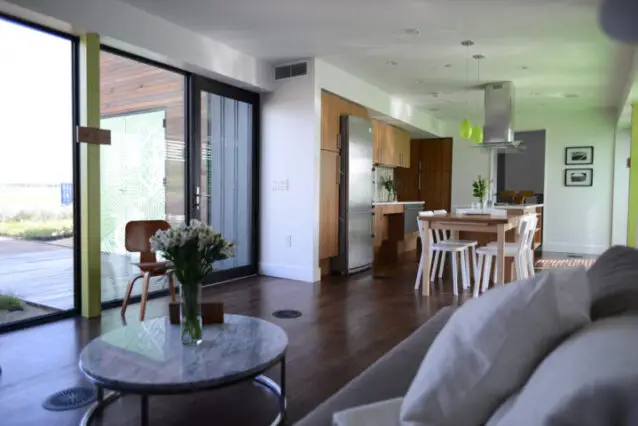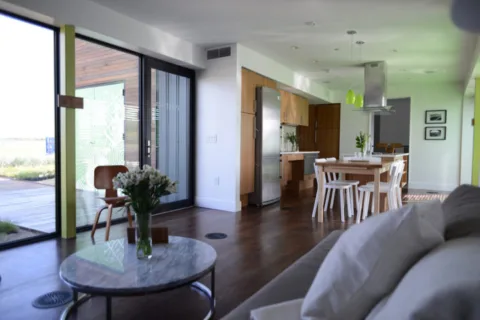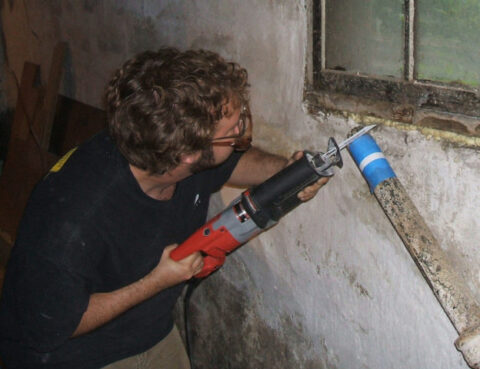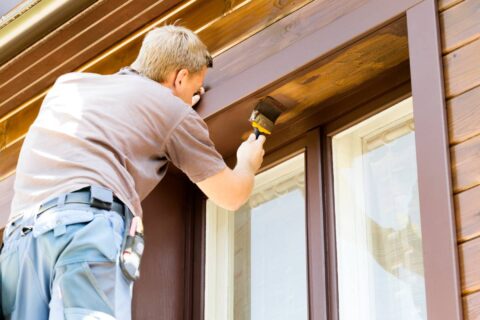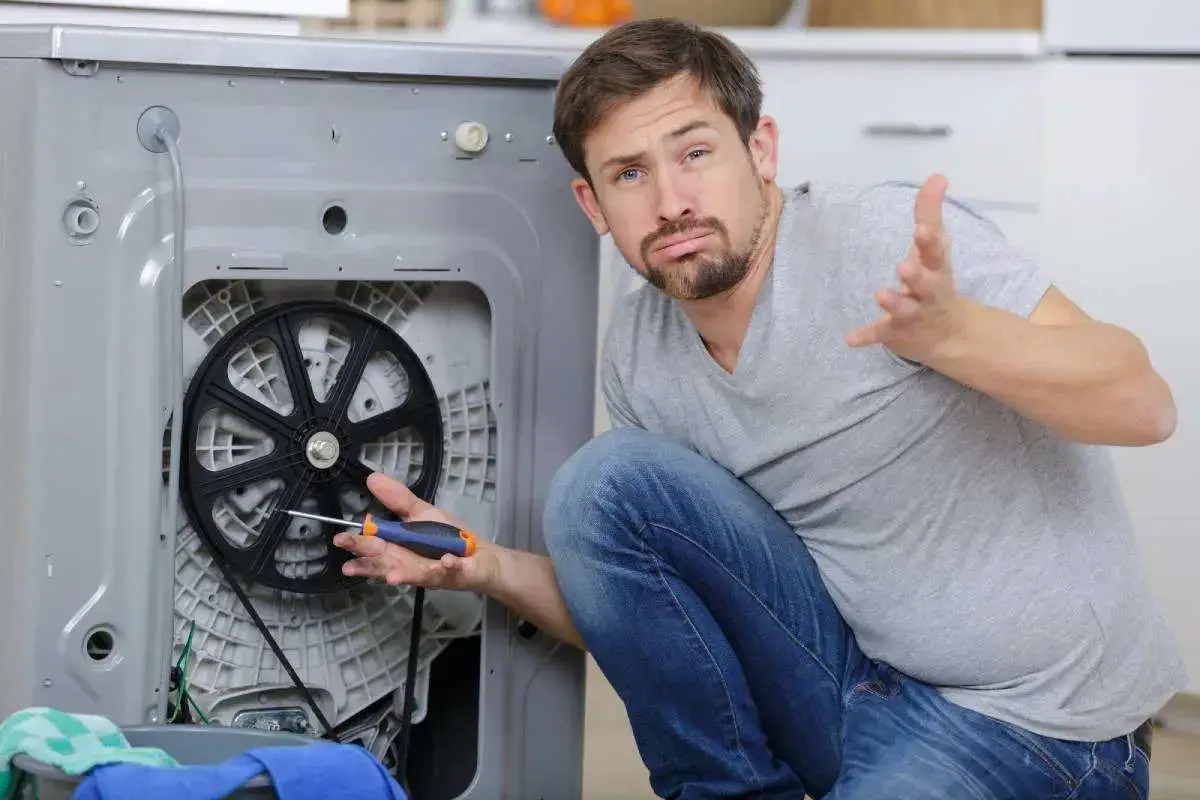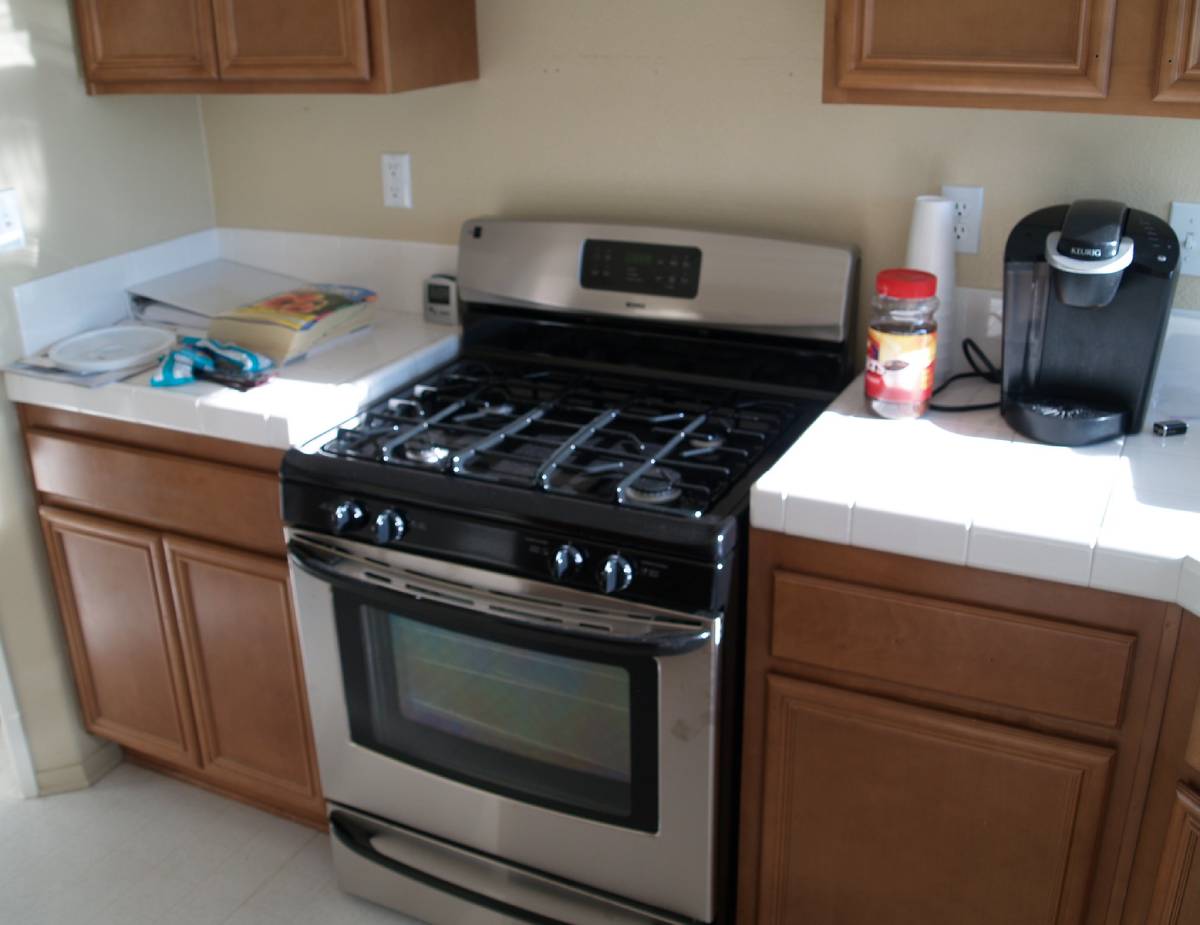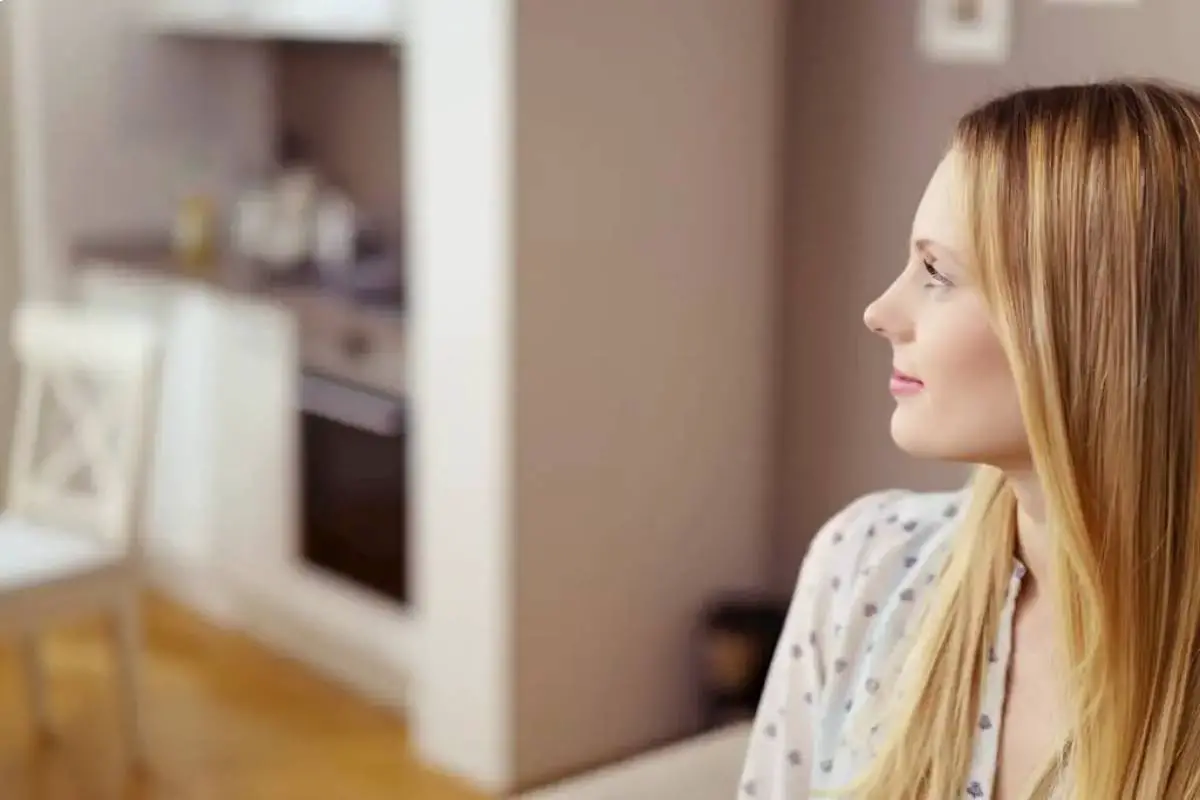The home building industry is designing and building net zero homes in increasing numbers for customers throughout the nation.
No, it’s not widespread…yet. But I’ve read about net zero homes being built more and more.
That is great news because energy costs will only continue to rise.
Did you know that buildings account for 40% of energy use in the U.S. and a similar percentage of carbon dioxide emissions? That’s more than the transportation or industrial sectors. It’s true. (source: NIST)
We don’t have an infinite supply of fossil fuels or natural gas, but we are becoming more efficient at collecting energy from the wind, the sun, and the Earth itself — for the purpose of heating and cooling our homes, as well as everyday electricity uses.
And that’s just the energy-producing side of this concept. There are a gazillion other products and technologies that will come together to create net-zero zen.
A Net Zero Test Home
The National Institute of Standards and Technology (NIST) has a net zero house in the works in Gaithersburg, MD that will showcase the latest technologies, design features and products to test different technologies in a real world type of mainstream house.
Groundbreaking ceremonies were held on March 25, 2011 and it is scheduled for completion in the Spring of 2012.
The prime subcontractor is Bethesda Bungalows for this project.
“There’s a lot to be learned here,” says Brad Beeson of Bethesda Bungalows. What’s more, “It establishes us as a leader in the green building industry in the area. It helps to cement that reputation.”
The house is being built on the NIST test facility where it can be thoroughly studied at will. It will have 2,700- square-feet, 3-4 bedrooms, 3 bathrooms, a detached garage, and a basement.
The detached garage will house the robotics and control room that will simulate the conditions of a family of four. That should be interesting by itself. The NIST hopes to mold the Net Zero Test Home into something that the majority of Americans could use in one way or another by:
- “Helping to improve models used to predict energy production of solar systems.”
- “Developing measurement science to capture the efficiencies of various techniques for distributing conditioned air.”
- “Improving models used to predict energy consumption.”
- “Evaluating of the relative merits of various building control systems.”
- “Analyzing the interaction between the building envelope, HVAC systems, and photovoltaics.”
What follows are some of the details of the ultra-efficient envelope and the latest, greatest technologies that a typical home would use:
- Ultra-tight envelope consisting of a continuous, fully adhered membrane over the roof and wall sheathing, carefully sealed penetrations and intersections, rigid exterior insulation board on the walls and roof, and cellulose insulation. Exterior below-grade walls will reach R-23, above-grade walls will achieve R-45, and the roof will reach R-72.
- Advanced wood framing
- R-7 windows from Serious Materials
- Solar array with reconfigurable power output from 1.6 kW to 9.7 kW, reconfigurable inverters, and rack-mount system designed to accommodate other PV technologies later
- A closed-loop solar thermal system with variable collector array size and storage tank capacity.
- Heat pump water heater
- Smart Grid meter and networking capabilities
- Multiple zoning options for air distribution
- Radiant heat in basement
- Dedicated ductwork for humidification/dehumidification/heat recovery systems
- Fire sprinkler system
The NIST Net Zero Test Home will be:
What Is A Net-Zero Home?
“A net zero energy house generates the same amount of energy from renewable sources as it uses over a 1-year period.” — NIST
That equates to a zero carbon footprint impact.
One of the challenges of this whole project is to make a net zero home affordable for the typical home buyer.
The deal with net zero homes is that you pay for all of the technology upfront when you buy the home. Your goal is to have zero utility bills, in essence. You would have a cistern in the yard that would collect rainwater also. I would suggest that you also buy a television antenna so that you can pick up TV channels in your area without having to pay for it.
Phone service, Internet, and food would be your main expenses — besides ordinary maintenance on your net zero home.
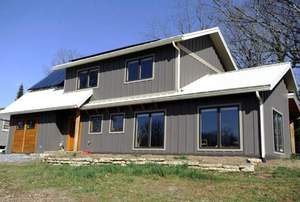 A net zero home was recently completed in West Asheville, NC. I admire the folks that set their sights on building a net zero home, even if it meant it would be unappealing. Luckily, that is not the case with the design of these energy-efficient homes. You can have your cake and eat it, too. You just have to pay for it up front before you can have a bite.
A net zero home was recently completed in West Asheville, NC. I admire the folks that set their sights on building a net zero home, even if it meant it would be unappealing. Luckily, that is not the case with the design of these energy-efficient homes. You can have your cake and eat it, too. You just have to pay for it up front before you can have a bite.
Helpful Tips & Resources
- Bethesda Bungalows’ Award-Winning Green Home
- How To Build A Net Zero Home
- Take A Virtual Tour Of A Net Zero Home
You don’t NEED a 5,000 square-foot home. You can do more with less if the design is right. Try a Not So Big House.
I started as a home-stalker… visiting brand new homes under construction in the neighborhoods near my house. That inspired me to write about home building and home renovation projects — chronicling homes during different phases of construction from a consumer's point-of-view. Basically, the tips you'll find in my articles are a collection of checklists for what I think should (and should not) go into building or remodeling a quality home.
